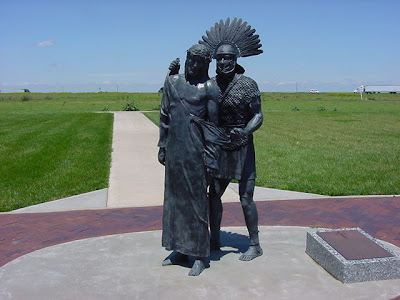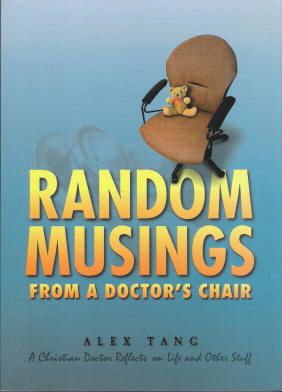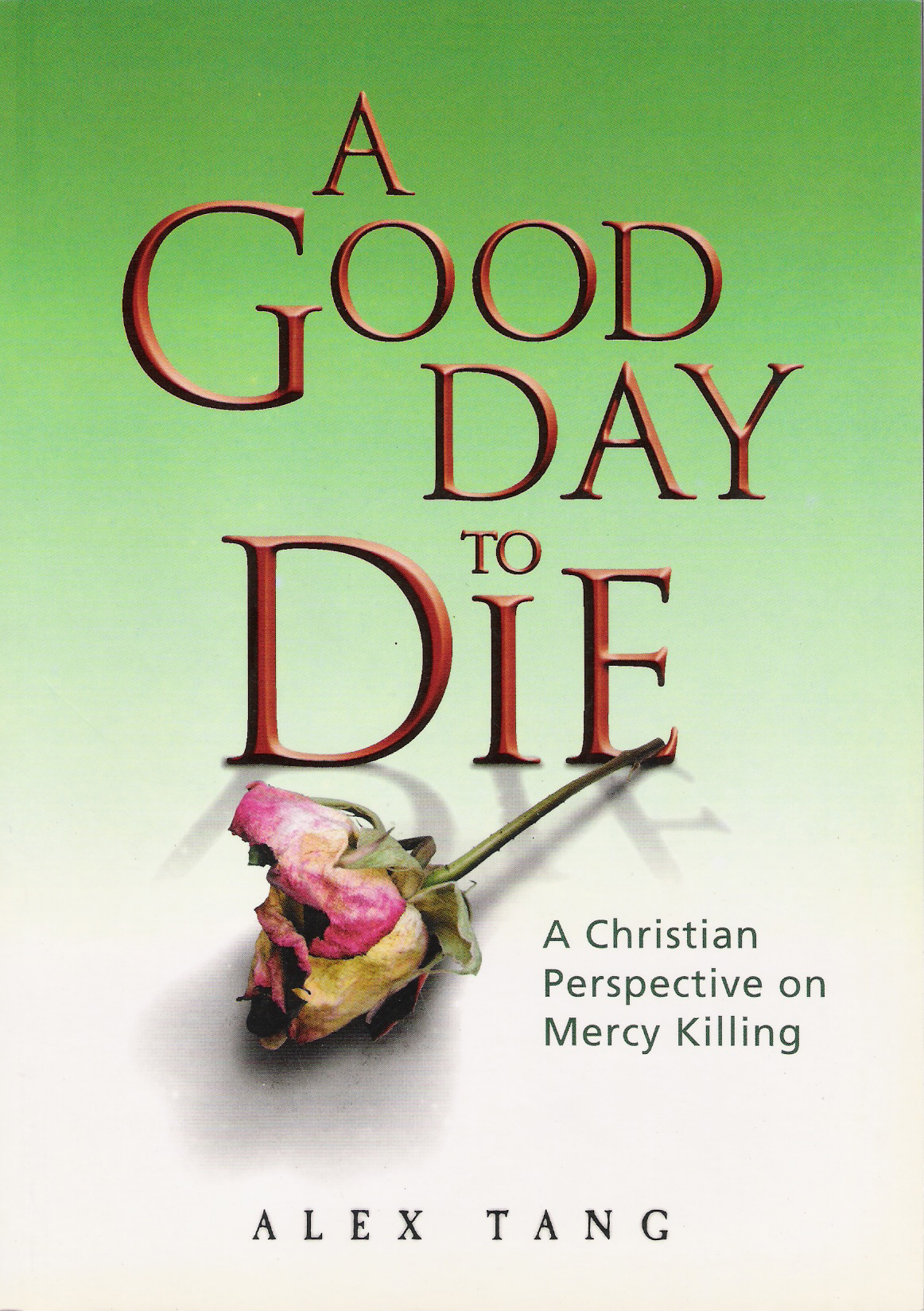Educational activities in Christian faith communities and discipleship are the means in which the dynamic processes are harness for holistic Christian spiritual formation. Educational activities and discipleship provides the framework of the matrix for the dynamic processes to work.
All educational activities in Christian faith communities should recognize that everyone is different and has different learning styles (LeFever 2004). Adult learning is different from the way a child learns (Vella 1995; Vella, Berardinelli et al. 1998; Knowles, F.Holton III et al. 2005). This form of learning recognizes the different developmental stage theories. Activities planned for children should be different than those for adults. Even adult learning activities should be customised. Educational activities in Christian faith communities also recognizes that all learning is life-long.
Johnson identified the education process as,
First we must decide to become Christian. Next we must submit ourselves to prolonged instruction and initiation. We must give ourselves over to the Story, begin to participate in it; only then do we really begin to understand! Credo ut intelligam: I participate fully in order that I might understand.” (Johnson 1989, 149)
Educator Thomas Groome has a similar approach in his “Shared Praxis” which has as its components: (1) present action, (2) critical reflection, (3) dialogue, (4) the Christian story, and (5) the Vision. (Groome 1980,207-208). Concerning vision as the final component, Groome writes, “ I intend the metaphor Vision to be a comprehensive representation of the lived response which the Christian Story invites and of the promise God makes in that Story.”(Groome 1980,193). Both Johnson and Groome envisage the role of learning is to incorporate the learner’s own story into the Christian story.
Religious educator Andrew Grannell queries about the need of having formative activities such as education and discipleship if transformation is by the Holy Spirit (1985). His query arises out of a revolution in educational theorising brought on by Fowler’s “Stages of Life” and Loder’s “Transforming Moments.” Fowler’s faith development theory fits in with formation. Though Johnson rejects faith development theories, her formative schema is based on some staging or growth structure (1989). Loder’s transforming moment fits in with Groome’s vision metaphor.
I believe that the issue about formation and transformation can be reconciled by understanding the way Johnson and Groome understand time. Johnson approaches learning in linear (kronos) time while Groome’s emphasis is kairos time. (Groome 1980, 5-17). It will be difficult to compartmentalise learning into past, present, and future learning in a linear fashion. The only linear aspect of our lives is our chronological age. Groome is correct in placing learning in the present. For him, present means “present of things present, the present of things past, and the present of things future.” (Groome 1980, 5-17, 185; Augustine 1963, 219). This is important because though we must not forget the past nor ignore the future, learning belongs solidly in the present. Formation activities are linear (chronos) but are punctuated by transformation events (kairos). Both are necessary because formation activities produce the context for transformation to occur. This is what Grannell called a “paradox” for both continuing formation activities and instantaneous transformational moments are essential to spiritual formation (Grannell 1985,397-398).
Educational activities in Christian faith communities is not just classroom or seminar based but learning that takes place in communities of faith that meet regularly for the studying of the bible, for sharing, mentoring, modelling, hospitality, crises management, and reflection. It involves full participation of all members.
This type of learning is full commitment, full involvement and “getting our hands dirty” type of learning. It is also involve opening our eyes to the wider perspective of the Christian Story. It also happens during crisis and other events when Loder’s transforming moment occurs (Loder 1989).
Discipleship training and discipling should be conducted concurrently with other educational activities in Christian faith communities. Discipling, as is shown by Collinson involves smaller groups of people and its curriculum is more focused on disciple making (Collinson 2004). Frequently as Hull has done, it is for a limited period of time until a certain learning objective is achieved (Hull 2006).
Both educational activities and discipling will be the venues where the dynamic process elements of story telling, heart commitment, incarnational living, liturgical worship, community oneness, and transformational learning are taught, reflected upon, contextualise, and incorporate into the Christian formation of individuals and Christian faith communities.
Bibliography
Augustine (1963). The Confessions of Saint Augustine. Norwalk, CN, The Easton Press.
Augustine, S. (1997). The Confessions. London, Hodder & Stoughton.
Collinson, S. W. (2004). Making Disciples: The Significance of Jesus' Educational Methods for Today's Church. Carlisle, Cumbria, Paternoster Press.
Fowler, J. W. (1995). Stages of Faith: The Psychology of Human Development and the Quest for Meaning. New York, HarperCollins.
Grannell, A. (1985). "The Paradox of Formation and Transformation." Religious Education 80(3): 384-397.
Groome, T. H. (1980). Christian Religious Education: Sharing Our Story and Vision. San Francisco, CA, Jossey-Bass.
Hull, B. (2006). The Complete Book of Discipleship: On being and making followers of Christ. Colorado Springs, CO, NavPress.
Johnson, S. (1989). Christian Spiritual Formation in the Church and Classroom. Nashville, TN, Abingdon Press.
Knowles, M. S., E. F.Holton III, et al. (2005). The Adult Learner: The Definitive Classic in Adult Education and Human Resource Development. London, Elsevier.
LeFever, M. D. (2004). Learning Styles: Reaching Everyone God Gave You to Teach. Eastbourne, England, NexGen.
Loder, J. E. (1989). The Transforming Moment. Colorado Springs, Helmers and Howard.
Moltmann (1995). The Coming of God: Christian Eschatology. Minneapolis, Fortress.
Saunders, S. (2002). ""Learning"; Eschatology and Spiritual Formation in New Testament Christianity." Interpretation 56(2): 155-167.
Vella, J. (1995). Training Through Dialogue: Promoting Effective Learning and Change with Adults. San Francisco, Jossey-Bass.
Vella, J., P. Berardinelli, et al. (1998). How do They Know They Know? : Evaluating Adult Learning. San Francisco, Jossey-Bass Publishers.
Ware, B. K. (2000). The Inner Kingdom. New York, St Vladimir's Seminary Press.
Labels: Christian education, Discipleship, Spiritual Formation














































